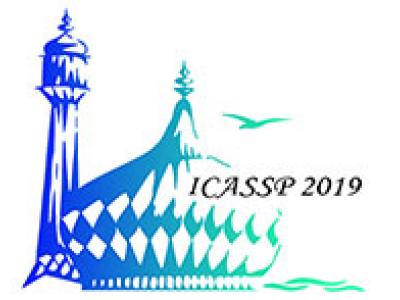
- Read more about Towards learned color representations for image splicing detection
- Log in to post comments
- Categories:
 32 Views
32 Views
- Read more about REDUCED COMPLEXITY IMAGE CLUSTERING BASED ON CAMERA FINGERPRINTS
- Log in to post comments
This work presents a reduced complexity image clustering (RCIC) algorithm that blindly groups images based on their camera fingerprint. The algorithm does not need any prior information and can be implemented without and with attraction, to refine clusters. After a camera fingerprint is estimated for each image in the data set, a fingerprint is randomly selected as reference fingerprint and a cluster is constructed using this fingerprint as centroid. The clustered fingerprints are removed from the data set and the remaining fingerprints are clustered repeating the same process.
- Categories:
 4 Views
4 Views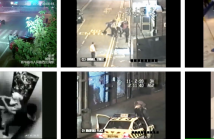
In this work, we tackle this problem by firstly proposing CCTV-Fights, a novel and challenging dataset containing 1,000 videos of real fights, with more than 8 hours of annotated CCTV footage. Then we propose a pipeline, on which we assess the impact of different feature extractors, as well as different classifiers.
- Categories:
 52 Views
52 Views
- Read more about A VIDEO CAMERA MODEL IDENTIFICATION SYSTEM USING DEEP LEARNING AND FUSION
- Log in to post comments
While significant work has been conducted to perform source cam- era model identification for images, little work has been done specif- ically for video camera model identification. This is problematic because different forensic traces may be left in digital images and videos captured by the same camera. As our experiments in this paper will show, a system trained to perform camera model identifi- cation for images yields unacceptably low performance when given video frames from the same cameras. To overcome this problem, new systems for identifying a videos source must be developed.
ICASSP2019.pdf
- Categories:
 102 Views
102 Views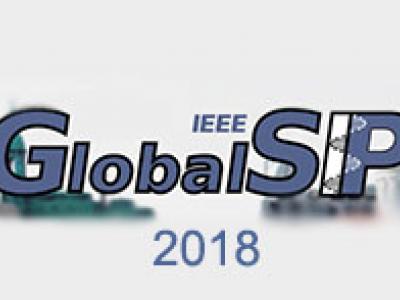
- Read more about Reinforced Adversarial Attacks on Deep Neural Networks Using ADMM
- Log in to post comments
- Categories:
 24 Views
24 Views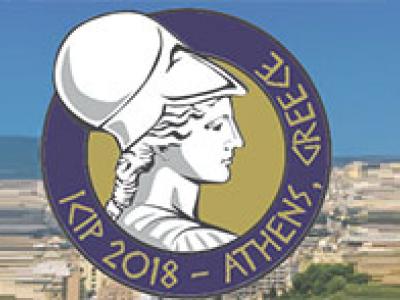

- Read more about IMAGE SPLICING DETECTION THROUGH ILLUMINATION INCONSISTENCIES AND DEEP LEARNING
- Log in to post comments
Fake news and deep fakes have been making social and mainstream media headlines. At the same time, engaged scientists strive for find- ing ways to detect forgeries and suspicious manipulations using even the subtlest clues. In this vein, this work proposes a new method for detecting photographic splicing by bringing together the high repre- sentation power of Illuminant Maps and Convolutional Neural Net- works as a way of learning directly from available training data the most important hints of a forgery.
- Categories:
 147 Views
147 Views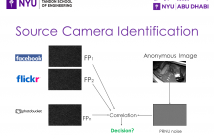
PRNU (Photo Response Non-Uniformity)-based camera fingerprints are useful for identifying the source camera of an anonymous image. As the query image has to be correlated with each candidate camera fingerprint, one key concern of this approach is the high run time overhead when using a large camera database. Clever techniques have been proposed to reduce the computation and I/O time either by reducing the size of the fingerprint or by group testing where multiple candidate fingerprints can be eliminated by a single correlation operation.
- Categories:
 17 Views
17 Views
PRNU (Photo Response Non-Uniformity)-based camera fingerprints are useful for identifying the source camera of an anonymous image. As the query image has to be correlated with each candidate camera fingerprint, one key concern of this approach is the high run time overhead when using a large camera database. Clever techniques have been proposed to reduce the computation and I/O time either by reducing the size of the fingerprint or by group testing where multiple candidate fingerprints can be eliminated by a single correlation operation.
- Categories:
 9 Views
9 Views
PRNU (Photo Response Non-Uniformity)-based camera fingerprints are useful for identifying the source camera of an anonymous image. As the query image has to be correlated with each candidate camera fingerprint, one key concern of this approach is the high run time overhead when using a large camera database. Clever techniques have been proposed to reduce the computation and I/O time either by reducing the size of the fingerprint or by group testing where multiple candidate fingerprints can be eliminated by a single correlation operation.
- Categories:
 12 Views
12 Views